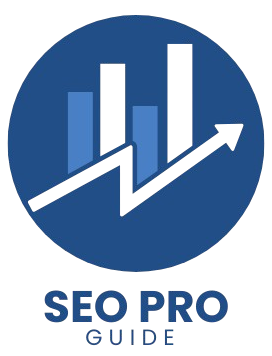In today’s competitive digital landscape, ranking in the top 5 results of Google SERP (Search Engine Results Pages) demands a well-crafted on-page SEO strategy. On-page SEO not only makes your content discoverable but also enhances user experience. Below are the actionable best practices based on insights from pages consistently ranking at the top.
1. Optimize Title Tags for Search Intent
Your title tag is one of the most crucial on-page SEO elements.
- Include your primary keyword at the beginning.
- Keep it under 60 characters to avoid truncation in search results.
- Use power words or numbers to boost click-through rate (CTR).
Example:
“Top 10 On-Page SEO Best Practices for 2024 to Boost Rankings.”
2. Create High-Quality, Search Intent-Optimized Content
Content must align with the user’s intent:
- Informational: Provide clear answers (e.g., “What is on-page SEO?”).
- Transactional/Commercial: Offer solutions, guides, or comparisons.
- Write content that is comprehensive and in-depth to match or surpass top-ranking competitors.
Key Tips:
- Include primary, secondary, and LSI keywords naturally.
- Use H1, H2, and H3 headings to structure content for readability and SEO.
- Address questions your audience is searching for.
3. Meta Descriptions That Drive Clicks
While not a direct ranking factor, meta descriptions influence CTR, a critical ranking signal.
- Keep it under 160 characters.
- Include the target keyword and a call-to-action.
Example:
“Learn the top on-page SEO practices to rank higher on Google. Get proven tips to optimize your site and boost traffic!”
4. Optimize Content for Readability
A good user experience signals to Google that your content is valuable.
- Use short paragraphs (2-3 sentences).
- Add bullet points and numbered lists.
- Highlight key points with bold text or italics.
Readability tools like Hemingway Editor can help simplify your writing.
5. Internal Linking Strategy
Internal links:
- Distribute page authority throughout your website.
- Guide users to relevant content, improving dwell time.
Best Practices:
- Link to high-authority pages within your site.
- Use descriptive anchor text (e.g., “Learn more about on-page SEO practices” instead of “click here”).
6. Mobile-Friendliness and Page Speed
Mobile optimization is essential as Google uses a mobile-first index.
Steps to Optimize:
- Ensure your website is responsive on all devices.
- Compress images and minify code for faster loading speeds (under 3 seconds).
- Use tools like Google PageSpeed Insights to check and improve performance.
7. Use SEO-Friendly URLs
URLs should be concise, readable, and keyword-rich.
Example:
❌ www.example.com/p1234/onpageseo2024
✅ www.example.com/on-page-seo-tips
- Use hyphens to separate words.
- Avoid unnecessary parameters or numbers.
8. Image Optimization
Images make content engaging but can slow down page speed.
- Compress images using tools like TinyPNG.
- Add descriptive alt text to help search engines understand the image.
Example:
Alt text: “On-page SEO checklist for ranking on Google SERP.”
9. Add Schema Markup for Rich Snippets
Schema markup adds structured data to your site, enabling Google to show rich snippets.
- Use schema for FAQs, articles, reviews, and products.
- Tools like Google’s Structured Data Markup Helper simplify implementation.
Here Are some Read
10. Update Content Regularly
Google rewards fresh, up-to-date content.
- Update old articles with new stats, visuals, and trends.
- Replace broken links and outdated references.
Pro Tip: Evergreen content with periodic updates can outperform new articles.
Final Thoughts
Mastering on-page SEO isn’t about shortcuts. It’s about aligning your content with user intent, ensuring fast load times, and providing an exceptional user experience. By implementing these on-page SEO best practices, you’ll increase your chances of landing in the top 5 results on Google.
Start optimizing today and watch your rankings soar! 🚀

